Interview by SARA SCIALPI — Photos by FEDERICO FERRARI
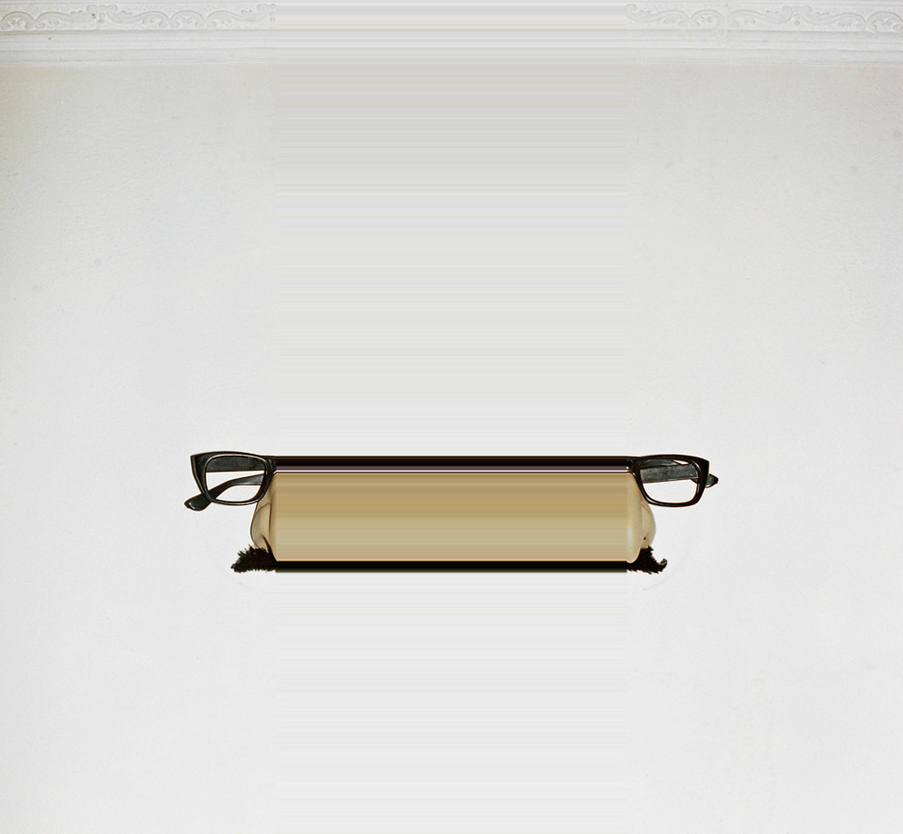
The gaze that Federico Ferrari has chosen to look at the world is sharp and crystal clear. Defined by stinging intensity, it comes alive and draws its own life and colours from a playful use of blinding flash-lights and contrasting tones. There’s a happy-go-lucky vibe shining through the deliberately lopsided frames, which can actually remind the viewer of the self-confident style typical of many contemporary masters of photography. But Federico feels like clarifying some points.
SARA S. — Let’s start with the usual shabby question to break the ice. How did you develop a passion for photography? Was that a casual or thoughtful choice?
FEDERICO F. — Nowadays anyone could easily fall under the category of ‘photographer’, as in ‘person with the possibility to produce pictures’. Everybody seems to have access to the right means to do that – just think about the mobile phones phenomenon. I started taking pictures in some kind of casual way; many Christmases ago I decided to buy myself a Canon camera, a digital compact one, ‘IXUS’ or something. Anyway, I remember not using it that much. After this first experience with digital photography, I immediately shifted to film. I bought and tried many cameras: I just checked out pictures on the web, trying to find a photographic style which could fit my personal taste, or just stimulate me artistically – that usually guided my choices when buying a camera. In a way, my photographic style has always progressed along with the mean I decided to use. Anyway, I labeled ‘photography’ my ‘profession‘ just a few months ago. Yes, that was a thoughtful choice, and to be perfectly honest, not an easy and painless one.
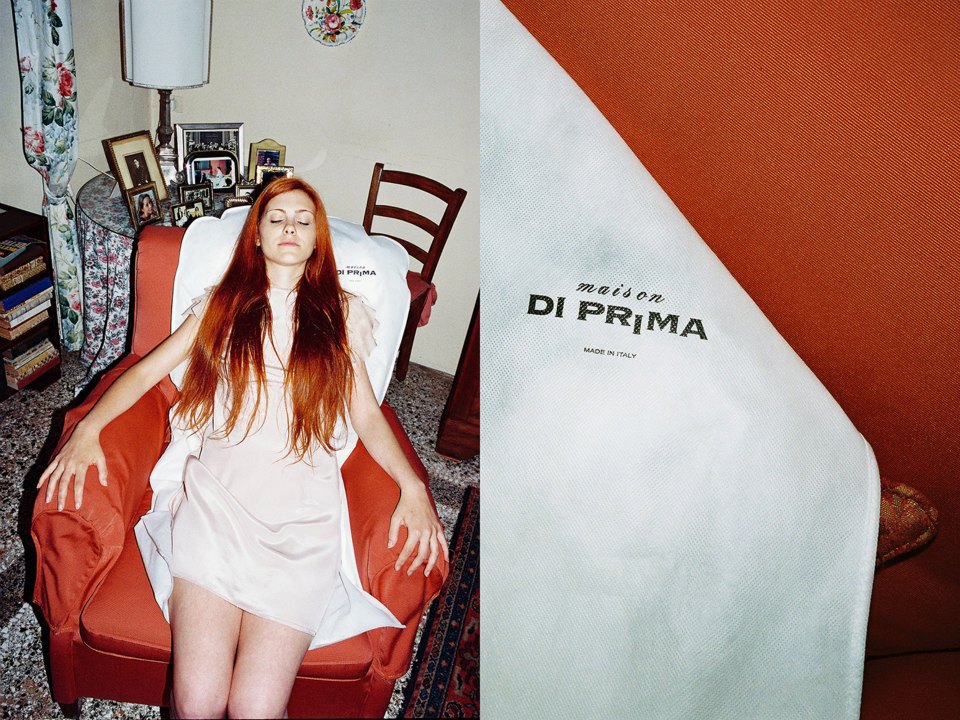
SARA S. — Would you define yourself as a full-time photographer? What I mean is: do you always carry your camera with you? Some of your pictures (I thinking about ‘Tangerine Punch’ and ‘Five Days in Belgrade’) seem to have been shot just hanging around, quite casually. Do you think that improvisation has a shaping weight on said pictures?
FEDERICO F. — Well, once I was a ‘full-time photographer’, since I used to carry my camera around all the time. Lately, I take it with me just in particular occasions, when I have something well-defined to produce. With regard to the projects you mentioned… The first one was mainly an exploratory visit at Lake Cavazzo: I was supposed to shoot a commissioned work there (in the end it didn’t happen because of weather issues), so I took that chance to take some pictures with friends. ‘Five Days in Belgrade’ is basically about joining two photographer friends of mine there; we had fun shooting without a precise purpose. The only constant was some red smoke and the whole nature theme, all the rest was impromptu. I think photographers should also enjoy complete freedom and randomness. I’m personally always looking for occasions to train my eye – those are the only opportunities to experiment and try different things.
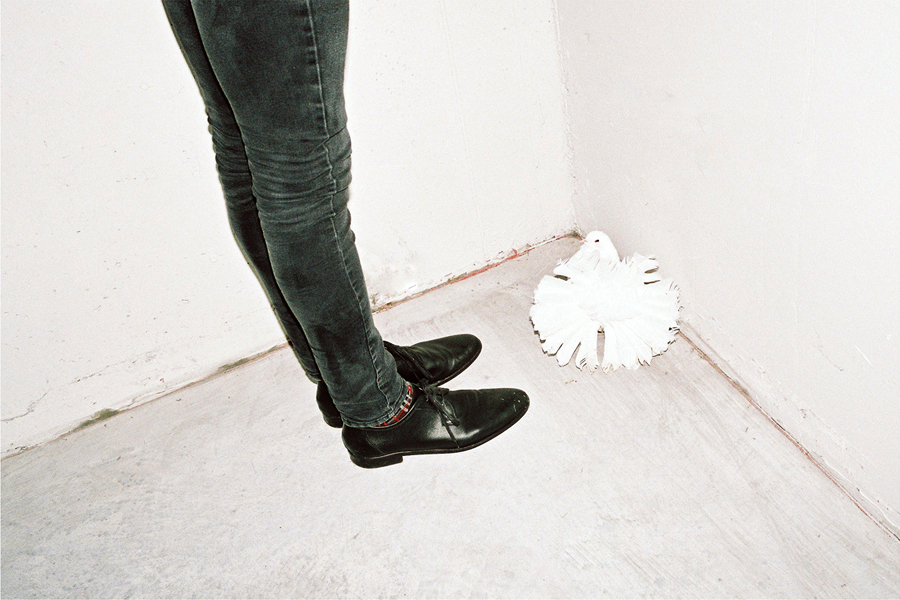
SARA S. — ‘Free as a bird’ really got my attention – I keep on reading ‘Free as a beard’, though. What’s the idea behind the whole set, where did it come from?
FEDERICO F. — Your interpretation of the title makes me smile. The idea was automatically born when some Art Director asked me to set up an editorial based on the ‘Freedom’ theme (said editorial was never published in the end). I tried to think about the first thing popping up in my mind thinking about freedom… In minutes, I was carried away by a lot of keywords, something similar to brainstorming: cages, birds, flying, white… So I started to look around for a birds breeder in my area, I contacted and then visited him. It was a really a nice experience, walking around cages and letting him list all the various species’ names, along with their peculiarities. The breeder himself was really enthusiastic about the idea, so he ‘lent’ me the white dove. I called Andrea (the bearded guy), and then we headed to a garage near his house. That was kind of similar to what I had imagined when thinking about shooting a freedom-themed editorial.
SARA S. — Which are your usual reactions to those who comment your pictures? You’ve often been compared to Juergen Teller, do you think he indeed inspired you so heavily, as they say.
FEDERICO F. — Yeah, I happen to receive positive feedback, and that’s always nice, but also negative comments can be useful and stimulating. I think it’s very important to accept the fact that when you decide to publish your pictures, you immediately become ‘naked’ in the eyes of the public. Definitely, yes, Juergen Teller has a big influence on my works, but if I browse through the pictures I’ve taken, beyond the colours and the overexposure, I still see them as really distant from Juergen’s style. When someone decides to take pictures with the same camera that made a big photographer popular, then it’s easy to get closer to his results, at least in a chromatic way. It’s important to play a lot with the cut of the pictures, the framing, and the subject, which in my opinion has the most weight on it all. We’re constantly bombarded with pictures and this is very inspiring for any photographer; I think that I’ve focused a lot on observing and studying Juergen’s works, so my eyes are always looking for those kind of pictures in the real world. That’s what Bruce Mau writes in his ‘Incomplete Manifesto for Growth’ (I warmly recommend it to everyone): ‘Imitate. Don’t be shy about it.‘
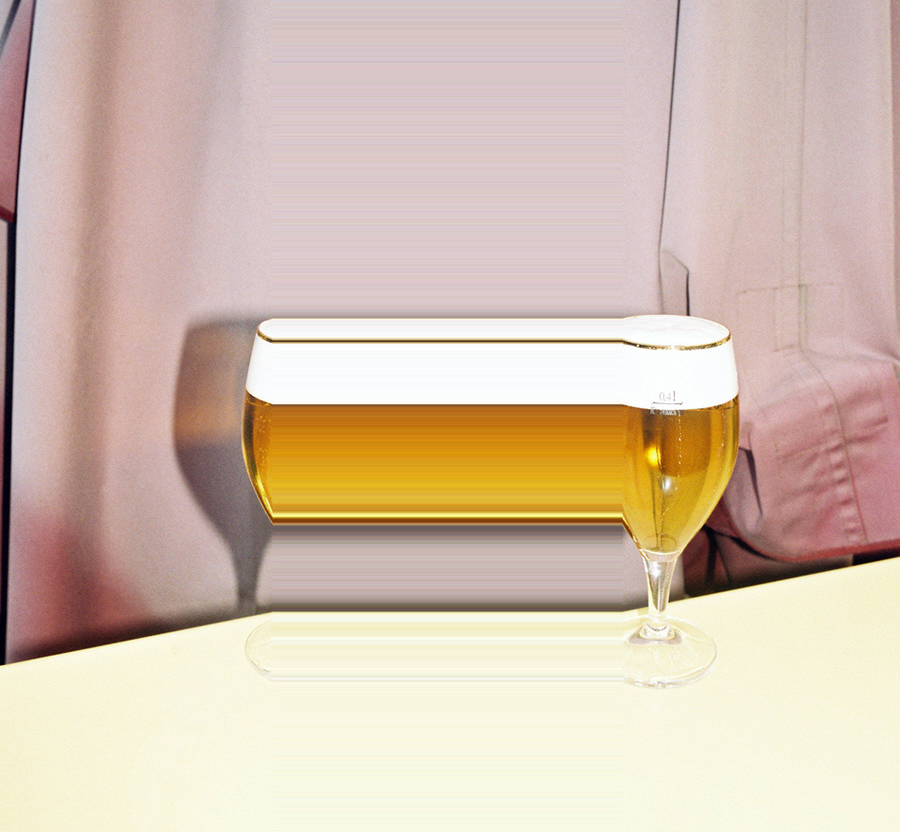
SARA S. — Any other influence?
FEDERICO F. — Well, I could mention Walter Pfeiffer, which is really close to my visual ideals, but also Hedi Slimane and his black and white portraits. Venetia Scott, whom I had the pleasure to meet in London… and many more, which probably are less known. The internet is literally a goldmine of pictures – the ability basically lies in knowing where to look and what to pick. Of course, choosing the things and the people that are going to influence us is a very personal decision; picking a visual ‘master’ is something to be done very carefully.
SARA S. — Do you find it easy to adapt your personal style to the works that are being commissioned to you? Does your approach remain unchanged even when it’s not all about personal works?
FEDERICO F. — My style is nothing but what I’ve already done, my portfolio, the face I show to people when I take shots, that’s just me. There’s no ‘easy’ or ‘hard’, it’s just the only way it can be. The only thing swinging is the pressure you feel when you work, but it helps to reduce mistakes and things like that. And of course there’s the preparation for a commissioned work, the studying and planning. Regarding this one, I usually start from a basic idea and if the results reflect that starting point, then I’m satisfied. Most of the times, when it’s about personal works, the ideas just pop up while I’m taking pictures, so they’re not the main point of the whole shooting.
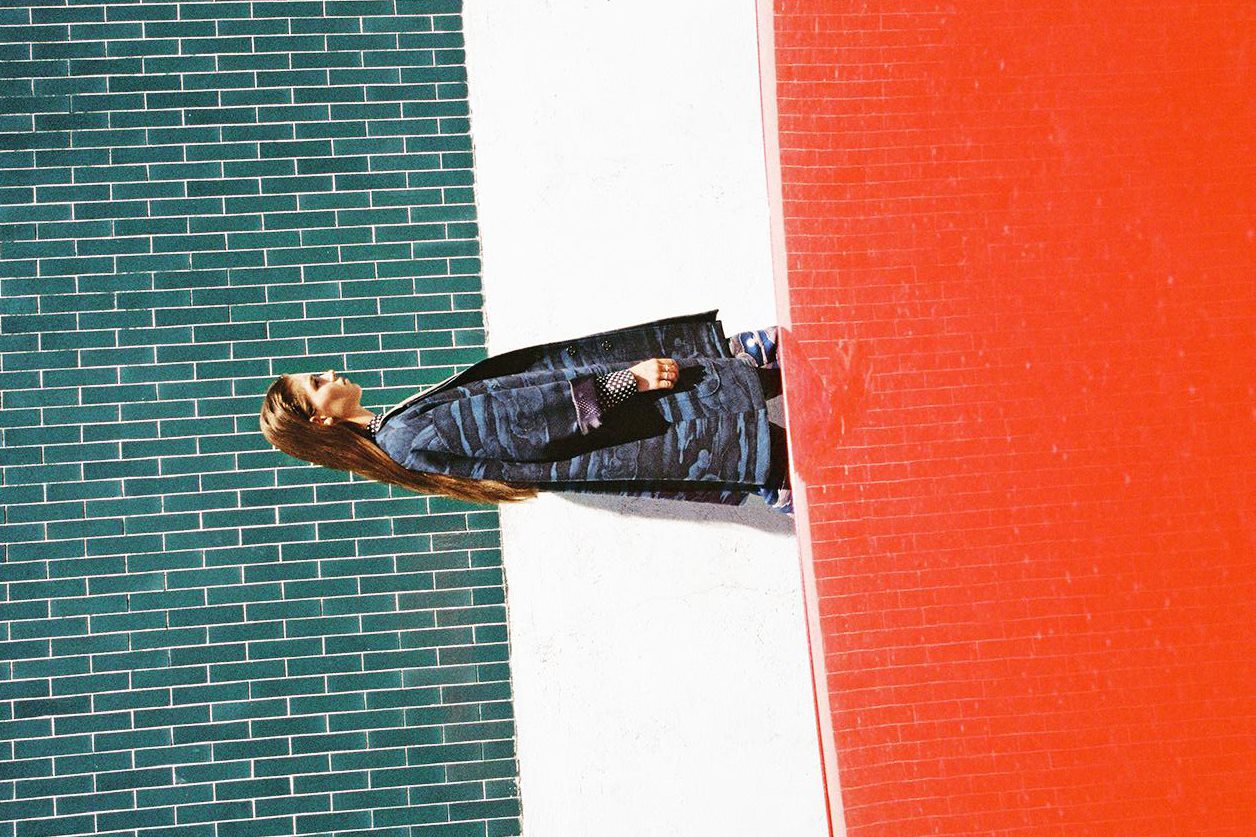
SARA S. — Let’s talk a bit about FM, which is not an acronym for ‘Frequency Modulation’ (as you point out on your website). How was the ‘pictures’ ping-pong’ idea born?
FEDERICO F. — This ping-pong idea is everything but pristine. I did develop it in the past as well, together with another photographer. I’ve always liked this idea to be honest, but it’s not easy to find someone who actually feels like spending a good deal of time (and neurons) on it, and also have as much fun as I do. As I said earlier, I met Marija (the girl I also photographed multiple times in the ‘Five Days in Belgrade’ series) and I mentioned this ‘game’ to her. She was eager to get into it, so we immediately got it started. But it’s difficult to keep the interest high, both mine and my partner’s: of course there are some chunks of time during which it might even feel like something distracting us from more important projects. This is why sometimes it’s hard to constantly update the blog.
SARA S. — Is there a picture (from the ones you’ve already shot) that represents you the most as an artist?
FEDERICO F. — Uhm, this is a good question, actually. Just by instinct, I’d say that I still have to shoot that one picture, but maybe there are more than just one. It’s always hard to be selective and ‘fish out’ just one photo from all the material that has been produced. I have the tendency to fall in love with all the pictures that I show to the public. So yes, I’d say that there’s more than one picture representing me at the moment. Needless to say, as an aesthete, I’m always looking for beauty in the people I photograph, the vividness of colours and a sort of homogeneity in the palette-range.
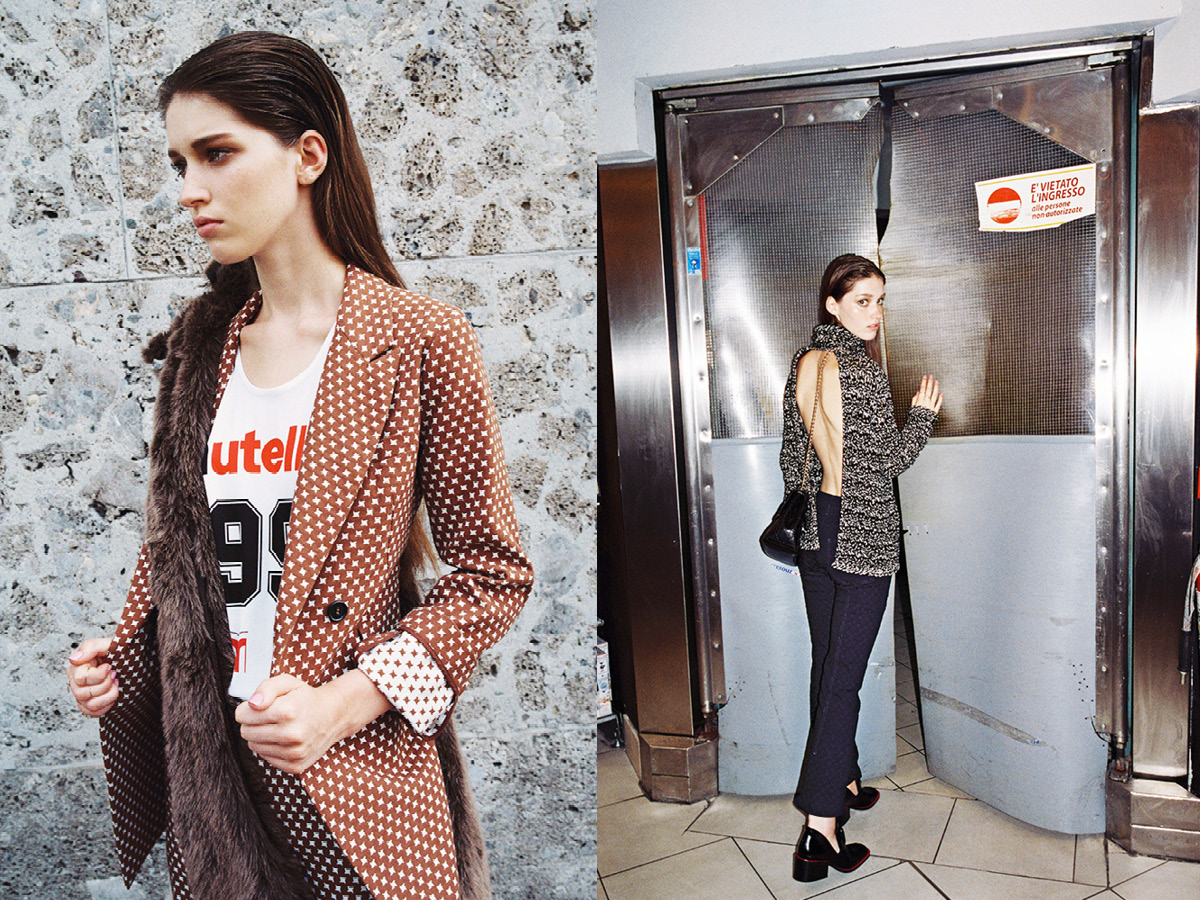
SARA S. — What should we expect from this new portfolio? ‘Love hurts, I choose Nutella’ — does photography help?
FEDERICO F. — Nothing more than the stuff that can already be seen on my website, really. This is only going to be a more selective collection of my most interesting projects. I’m going to set them carefully, with the undying taste of the graphic designer that I am. This ‘Love hurts’ idea was born while roaming in London, talking about this and that with a friend. I still have to think about the ‘I have chosen Nutella’ part. Does photography help? Hiding behind a camera helps, and it helps to witness the flash going on. I believe it releases endorphins, just like chocolate does. But of course it helps until you fall in love with the one you’re photographing.
SARA S. — Plans for the future?
FEDERICO F. — There’s a shooting session with a band coming up soon, and another one for a little fashion brand. Then, London.
models.com/people/federico-ferrari
March 2013